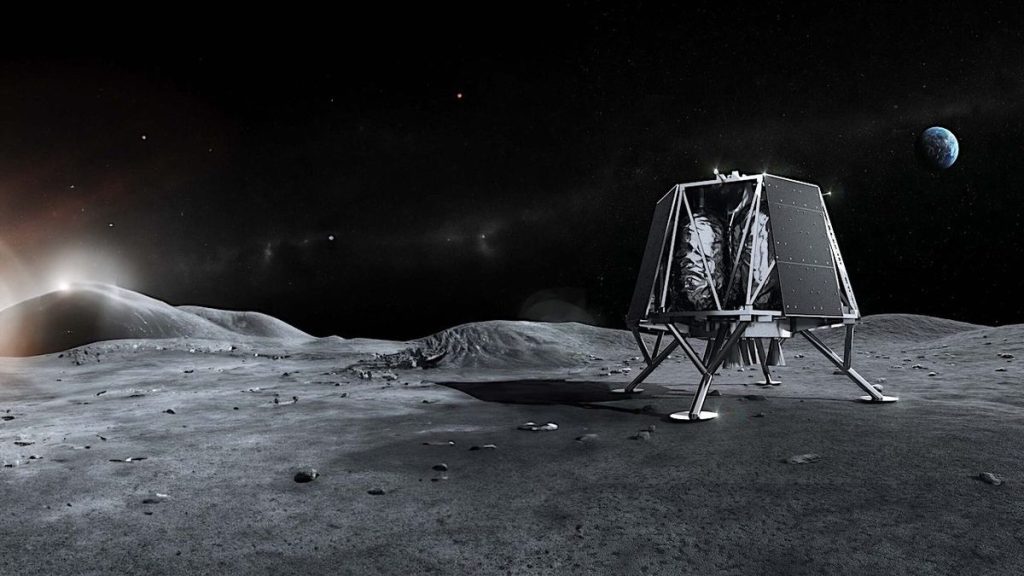
Japanese company ispace plans to land helium-3 mining missions on the moon (Image Credit: Space.com)
Space mining is inching closer to reality with the latest agreement between Japanese lunar exploration company ispace and lunar prospecting company Magna Petra.
In a memo of understanding, ispace and Magna Petra have agreed to collaborate to utilize the moon’s resources for economic benefits to life on Earth, the companies announced Tuesday, Dec. 10.
Through “non-destructive, sustainable harvesting,” according to a joint statement, Magna Petra plans to one day extract “commercial quantities” of helium-3 isotopes from regolith on the lunar surface for delivery and distribution back on Earth, where the resource is facing an extreme supply shortage.
The agreement comes as ispace prepares for the launch of its second lunar lander mission, with hopes of succeeding where its predecessor lander failed. That mission, ispace’s first attempt at landing on the moon, ended in a crash due to a fault in the lander’s an altitude sensor. For their second mission, ispace says it has made the necessary improvements to the lander’s software to prevent a similar mishap this time around.
If everything goes according to plan, ispace’s upcoming Resilience lunar lander will carry the company’s Tenacious micro rover to the moon’s surface to demonstrate its ability to traverse the lunar terrain and collect regolith samples. That launch is currently scheduled for no earlier than January 2025.
Magna Petra, meanwhile, says this type of technology demonstration will allow the company to proceed on a “rapid timeline to validate, capture and return” the large quantities of helium-3 it hopes to eventually deliver back to Earth.
“These missions require a cislunar transportation and lunar infrastructure partner with proven competencies, agility and strong leadership,” said Magna Petra CEO Jeffrey Max, voicing his confidence in ispace’s achievements thus far. “The ispace teams’ strong track record of innovation and performance, along with a global footprint are the perfect fit for Magna Petra’s critical mission requirements,” he said.
Takeshi Hakamada, Founder & CEO of ispace, echoed Max’s sentiment. “We are pleased to cooperate with Magna Petra to transport their technology to the moon,” he said, adding, “the cislunar economy will be dependent on many important resources other than water, and it is important to work to make use of these resources.”
Indeed, the apparent abundance of water-ice at the moon’s south pole has sparked a new age space-race, with NASA’s Artemis Program to return astronauts to the lunar surface competing neck-and-neck with China’s plans to beat them to it. Water-ice is an amazingly versatile resource for astronauts, which can be utilized for a variety of applications ranging from regular drinking water to the creation of rocket fuel. But, as Hakamada points out, it’s not the only valuable resource the moon has to offer.
“The cislunar economy will be dependent on many important resources other than water, and it is important to work to make use of these resources. ispace will continue to support the goals of various companies and organizations necessary for the development of the new economy,” Hakamada said.





